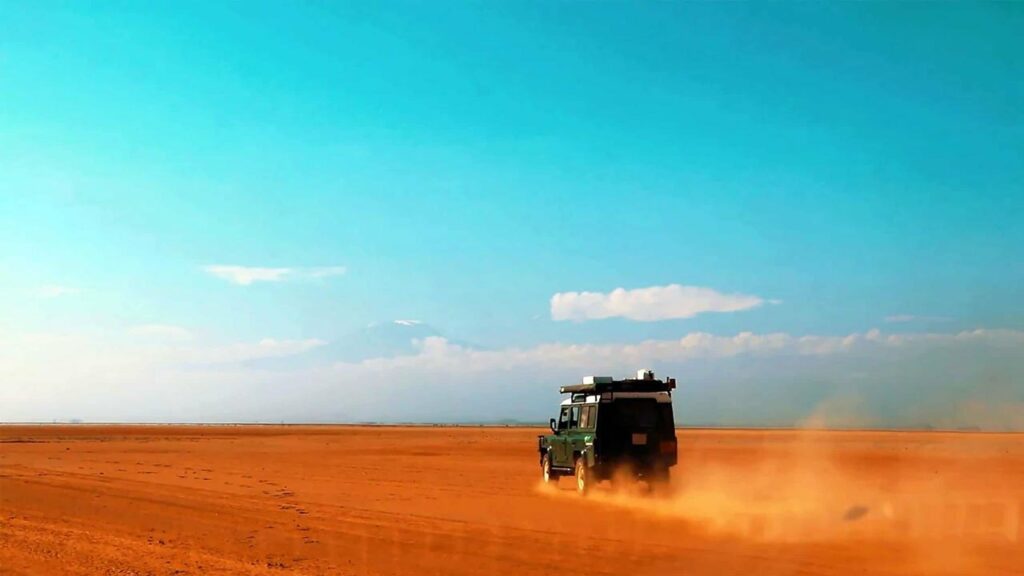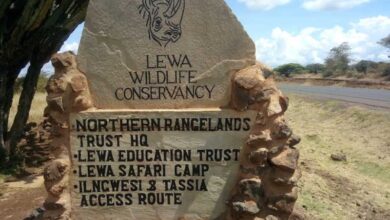
This article examines a list of deserts that can be found in Kenya. With its lush savannahs and dry deserts, Kenya is a place of extremes. Many tourists skip out on the unique vistas and adventures that Kenya’s deserts have to offer, even though the majority of visitors come to the country to see the abundant animals and unmatched natural beauty of its national parks.
1.Chalbi Desert

One of the best-known desert regions in Kenya is the Chalbi Desert, which is located in Marsabit County. Marsabit, which lies in the northwest of Kenya, is currently attracting unprecedented numbers of tourists. Its boundaries with Ethiopia to the south and Lake Turkana to the east span the entirety of the North Horr sub-county. One of Kenya’s most popular deserts is this one.
Marsabit and the remainder of northern Kenya are very hot because they are desert regions, but the Chalbi Desert has significantly greater temperatures. It is the hottest location in the nation. However, this does not take away from its attractiveness. It is completely buried with the spectacular lava flows and volcanoes scenery. Despite the limited population, over time many have come to appreciate its beauty. The Rendille and Gabbra tribes are the principal residents of this desert. There are miles and miles of sand dunes surrounding the volcanic mountains that appear to be towering over the desert. Visitors to Kenya and outside of it find them to be quite alluring. Pure rocks from millions of years of volcanic activity are covered in coarse sand at the edge of the desert.
2. Nyiri Desert

The largest desert in Kenya, known as Nyiri, is situated in the south-central part of the country. It is located close to the Tanzanian border in the north and about 50 kilometers east of Lake Magadi. Amboseli National Park and the northern part of Lake Amboseli are also included in the desert.
In some parts of the desert, tiny trees, many of which are prickly and poisonous, are densely planted. There are also markers that point to game trails. The foliage and blossoms of the trees are green throughout the brief wet season. The thorny euphorbia fronds and greyish-green creepers that cover them during the dry season, on the other hand, leave them bare and twisted. In the deserts of Kenya, this is typical.
One of Kenya’s lesser-known deserts, the Kaisut Desert, is a hidden gem that is frequently disregarded by travelers. A wide area of sand dunes, rocky outcrops, and prickly shrubs may be found in the northern region of the nation. Sand dunes, rocky outcrops, and dry riverbeds are all features of the Kaisut Desert’s rugged landscape. Visitors can learn about the region’s distinctive flora and animals, including as Grevy’s zebra, gerenuk, and lesser kudu, by hiking across the desert.
One of the most outstanding characteristics of the Kaisut Desert is the presence of the Turkana people, who have lived in this area for thousands of years.The desert can be traveled through on foot or by camel, providing stunning vistas of the arid landscape and the unique flora and fauna. Visitors can interact with Turkanas and learn about their distinctive culture and traditions.
4. Mambrui Desert

Any traveler interested in learning more about Kenya’s deserts should visit the Mambrui Desert, which is situated on the country’s coast. A wide variety of flora and animals, including acacia trees, thorny shrubs, and palm trees, call this huge area of sandy land home. Visitors have the opportunity to view some of Kenya’s most amazing animals, such as the strong lion and the quick cheetah.
One of the distinctive characteristics of the Mambrui Desert is the Sabaki River, which runs through its center and empties into the Indian Ocean.
If you’re looking for a one-of-a-kind and unforgettable desert adventure in Kenya, the Mambrui Desert is a must-see. The Mambrui Desert has something for everyone, whether you’re a nature lover, a history buff, or simply looking for a one-of-a-kind experience. Visitors to the Mambrui Desert can explore the desert on foot or by camelback, taking in the unique landscapes and coastal scenery. They can also visit the nearby towns of Malindi and Watamu, where they can immerse themselves in the vibrant Swahili culture, sample the local cuisine, and explore the ruins and learn about the city’s history.




